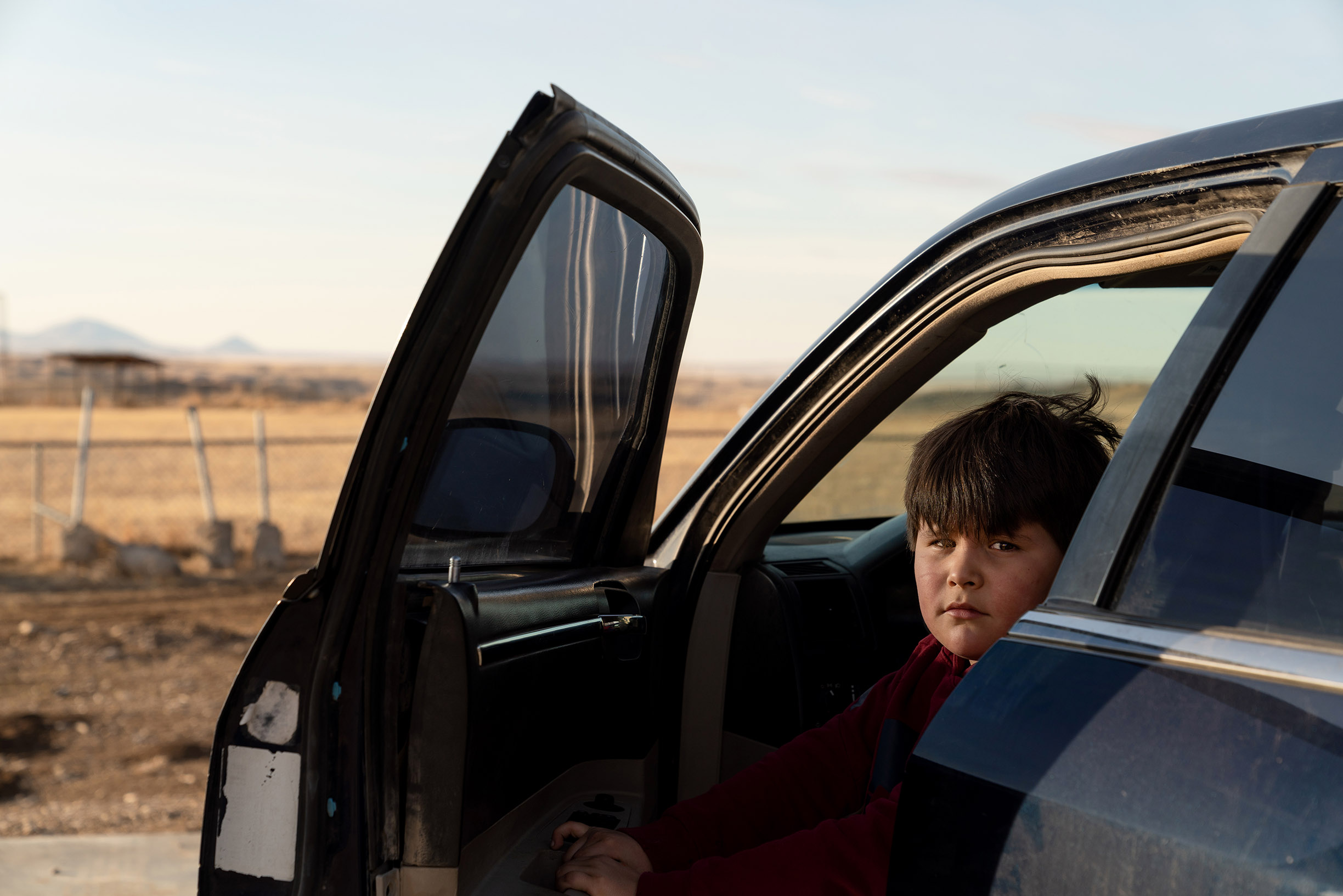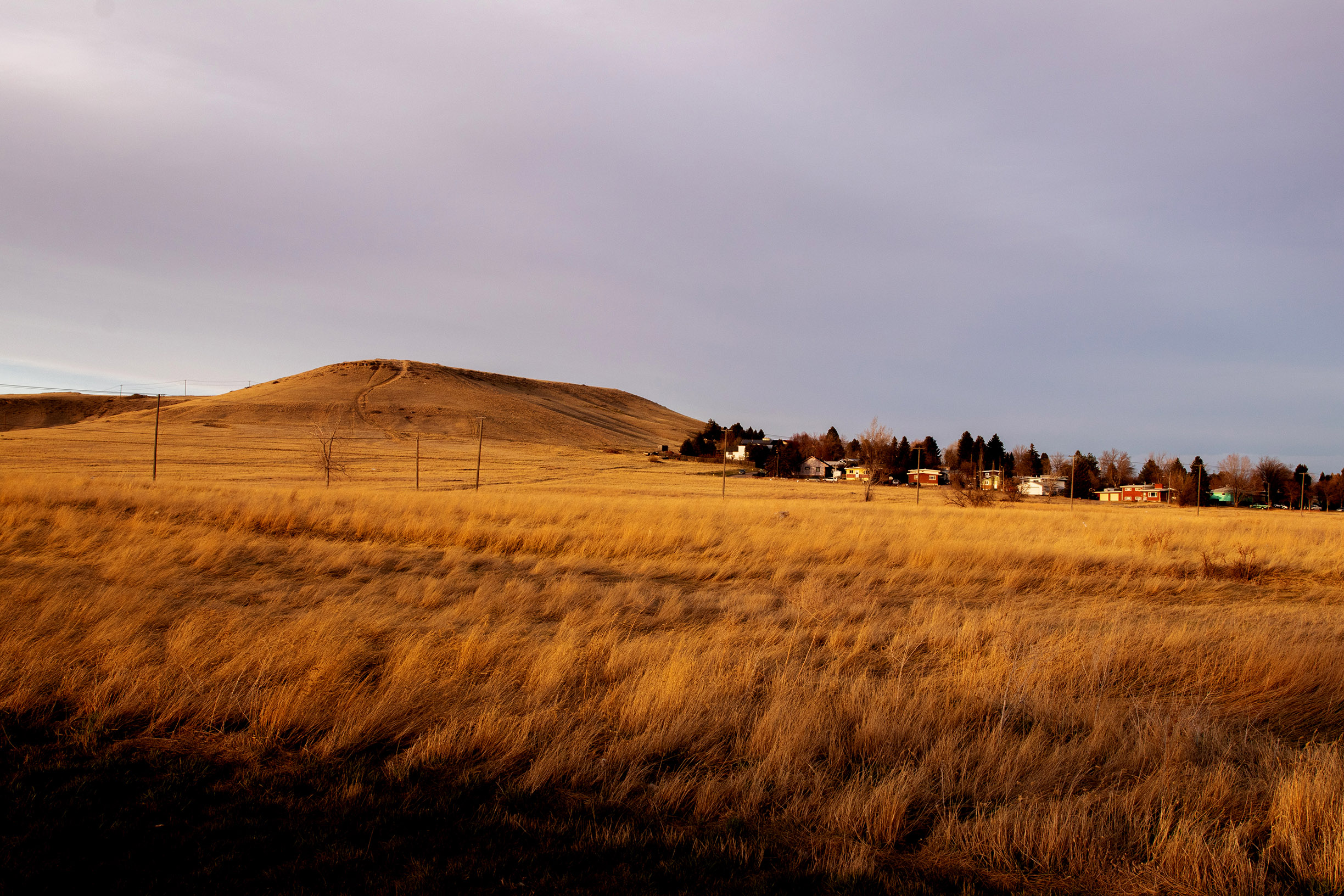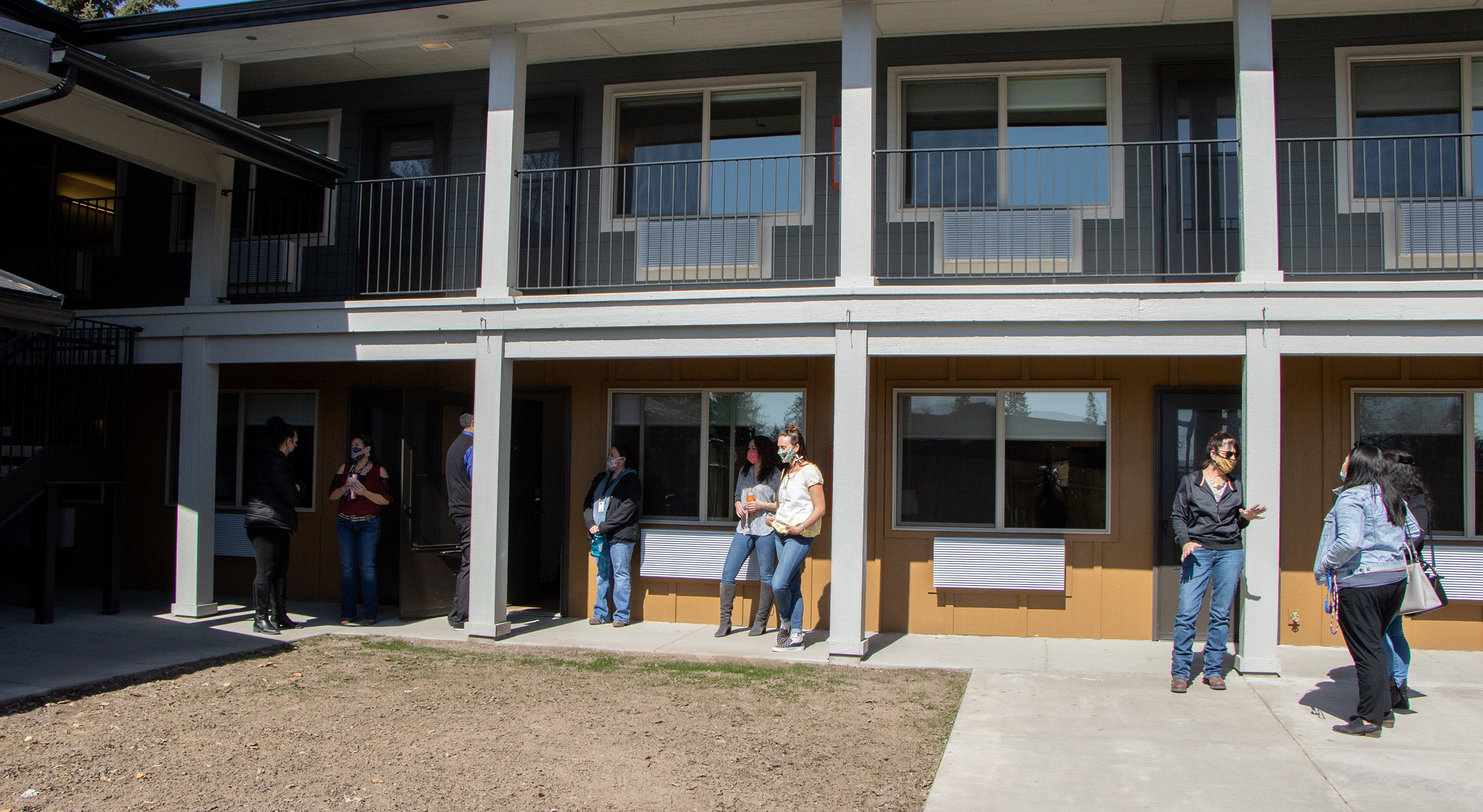
A Home that Isn’t
Covid exposes housing crisis on Flathead
Written by Hanna Campbell, Photos by Kaitlyn Torgerson
Aide Talamantes parked her 2010 Dodge Grand Caravan minivan in front of her daughter’s apartment complex in Ronan, Montana. The 60-year-old gas station clerk unzipped her pink and white windbreaker, revealing the “Conoco” logo on her work shirt. Talamantes sighed, weary after her shift. She exited the still warm van, readying herself to enter a home that was not her own.
But it was a safer one. Fewer people means less crowding, meaning less chance of contracting COVID-19.
Sam Barnaby, Talamantes’ husband, caught it Jan. 3. He thinks it came from a customer at his workplace, Walmart. Talamantes caught it three days later. Within the week, the entire household was sick: their grandson, nephew, and Barnaby’s brother.
A month later, after everyone recovered, Talamantes moved out.
Talamantes left with her grandson and moved in with her daughter, Christina Talamantes, and her daughter’s 4-year-old. Barnaby and their nephew remained behind 23 miles away in Dixon, Montana.
Christina Talamantes’ apartment is a small four-bedroom. Noise travels easily between apartments and is heavily surrounded by drug users. During Talamantes’ three months living there, three drug busts have occured in the six-unit complex. Christina Talamantes and her mother do not see eye to eye, making the situation more complicated.
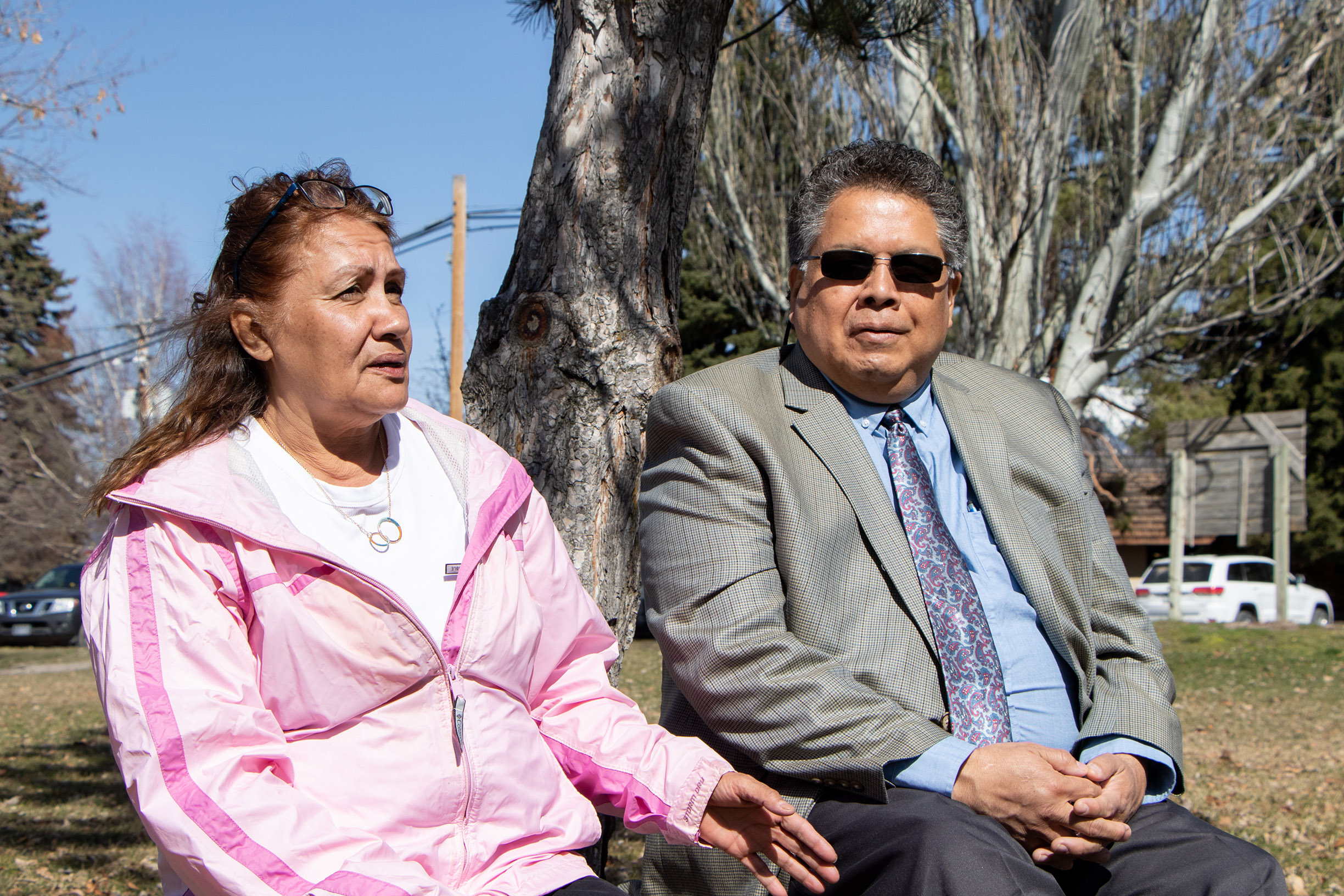
“Sometimes it’s not always doable, but you just have to sometimes deal with the circumstances you are living in and try to make things work,” Aide Talamantes said.
Barnaby and Talamantes have applied for housing assistance through the tribe, unsuccessfully, time and time again.
The pandemic brought to light the severity of the housing situation on the Flathead Indian Reservation, particularly in regards to multigenerational living. High home prices and bureaucracy in home ownership on tribal lands over the decades have made multigenerational homes commonplace. This has created a unique homelessness and unstable housing situation on reservations that existed before the pandemic.
“Homelessness here is different from Missoula,” said Confederated Salish and Kootenai Tribes Housing Authority Executive Director Jody Perez. “It can be seen in tents, it’s visible [in Missoula]. Ours is more silent, like couch surfing. It’s harder to see.”
There are several ways to define homelessness. According to the Oxford Encyclopedia of Social Work, homelessness is defined as a person who lacks a fixed house and regular residence, or someone having to rely on temporary living arrangements. The Office of Disease Prevention and Health Promotion says unstable housing encompasses overcrowding and trouble paying rent.
In Indian Country, households are more likely to welcome family members to live long term rather than see them unsheltered. This often leads to single households with several generations under one roof, even if it results in tight living spaces. People who fit the definition of homelessness likely do not consider themselves as such since they have a roof over their heads.
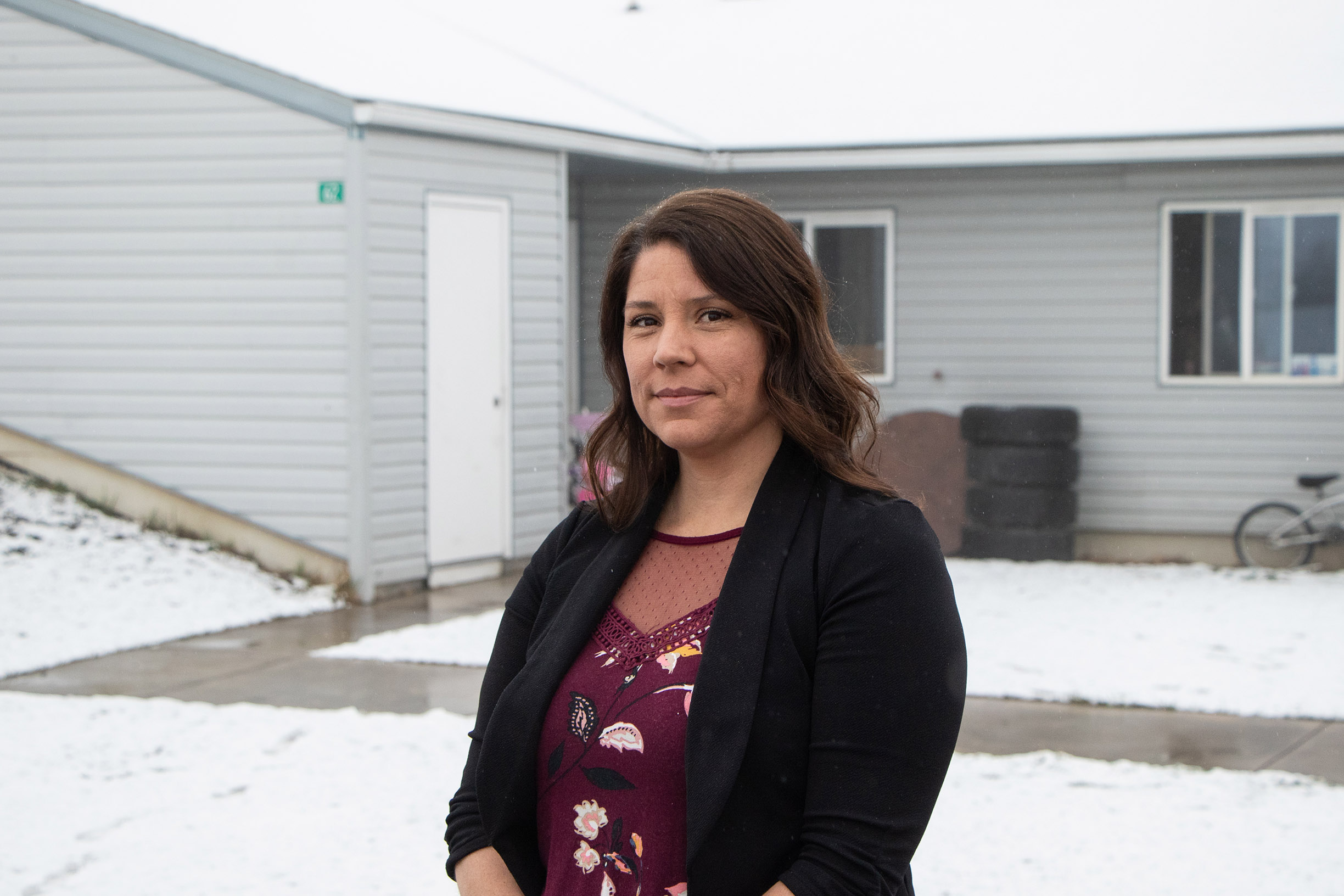
The pandemic has exacerbated the situation in multigenerational housing due to the lack of social distancing and sanitation. According to a paper published by the National Law Center on Homelessness and Poverty in 2020, 10% of the national homeless population will be hospitalized for COVID-19 and are up to four times more likely to require critical care.
“Homeless people are twice as likely to get hospitalized for COVID-19. They cannot even wash their hands,” Perez said.
To combat this issue, the CSKT allocated $6.2 million out of the $44.3 million received by the Coronavirus Aid, Relief, and Economic Security Act to address the housing situation on the Flathead reservation.
The tribes used the $6.2 million to purchase a handful of permanent housing projects, including seven manufactured homes for families needing housing, and 14 dwellings in a renovated hotel. The tribes also committed to upgrading infrastructure projects, including a section of their sewage and water system, to support future housing projects.
In total, the tribes intend to provide 21 housing units immediately.
***
Home ownership has long been sold as the American Dream: the white picket fence, the beautifully groomed lawn, the exquisite home.
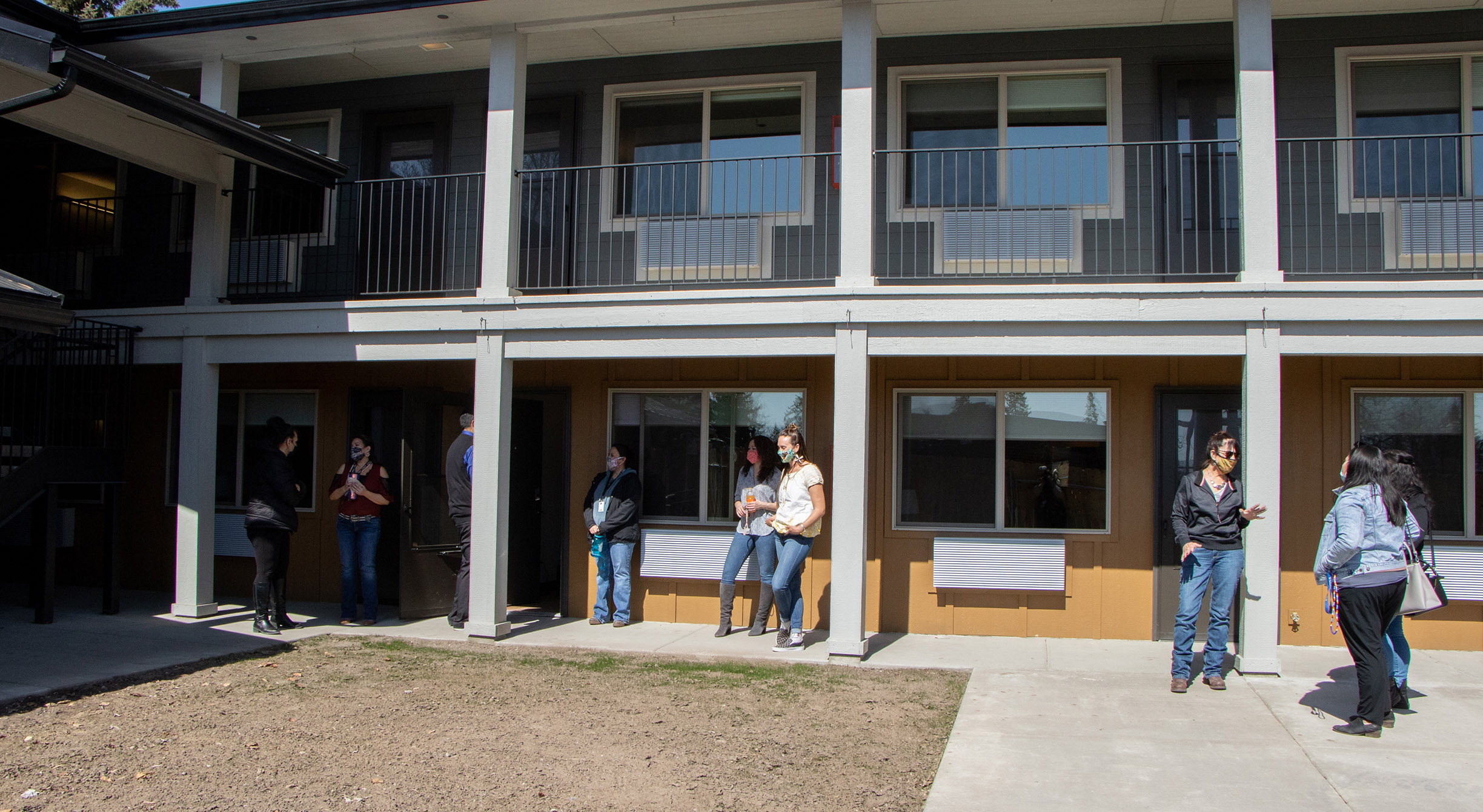
Even before the pandemic, owning a home on Indian reservations has been challenging. Housing on the reservations has been heavily overseen by the federal government for decades, beginning with the 1937 Housing Act.
Reservation land itself is also generally held “in trust” by the federal government, and is managed by the Bureau of Indian Affairs. This makes owning land challenging. In several cases, people can own the house on the land but not the land itself, making investing in a home difficult.
The CSKT Housing Authority regularly maintains 496 housing units throughout the reservation, not including the seven manufactured homes, and provides rental assistance. Established in 1963, it works with a $10 million annual budget, according to a 2016 CSKT Housing Authority case study.
The 496 units are generally used for transitional and temporary housing while people get back on their feet. In order to live in most Housing Authority structures, the tenant is responsible for paying 30% of their income toward rent. The Housing Authority will cover the rest with additional funds from the federal Department of Housing and Urban Development, according to Perez.
“Home ownership — affordable home ownership — is the key. We have very low ceiling rents for our 500 units. It’s really hard for someone who has been paying very low amounts to jump into a mortgage payment,” Perez said. “We want it to be affordable but we want to get them ready to be self-sufficient.”
Perez takes her role seriously. She lived in low rent housing with her father, brother and sister from the age of 12 to 16.
When her parents got a divorce, her father lived in a camper until he was accepted into the program.
“I feel a total pull on my heart strings because if my dad wouldn’t have had that opportunity to have that low rent unit, I could have never lived with him and it would have been a whole different life for me,” Perez said. “This is my way of giving back. I am a product of housing.”
Her father eventually graduated from the program and built his own three-story, eight-bedroom home.
However, despite the Housing Authority’s best efforts, some families, like Talamantes’, are still being overlooked.
“If [the housing authority] can’t see a family that is really hurting and that is really going through a lot of devastation about the way we have to live right now, and that we had to separate our family … It’s not easy,” Talamantes said. “It doesn’t seem like our situation really matters.”
***
The tribe used CARES Act money to build seven modular homes. They are spread across Pablo and Kicking Horse, Montana, with five at the former and two at the latter.
Nolan Michel, a purchasing agent for the CSKT Housing Authority, oversaw the acquisition of the seven housing units and has helped with the project since it began in October of 2020.
“I was impressed when I came in here. I was like ‘holy cow!’,” Michel laughed.
He is anxious for people to move in.
Due to extensive and slow background checks, the homes have been waiting for their future tenants since Dec. 31, 2020. As of late March, the selected tenants were notified and started the moving process in April of 2021, four months after the homes were completed.
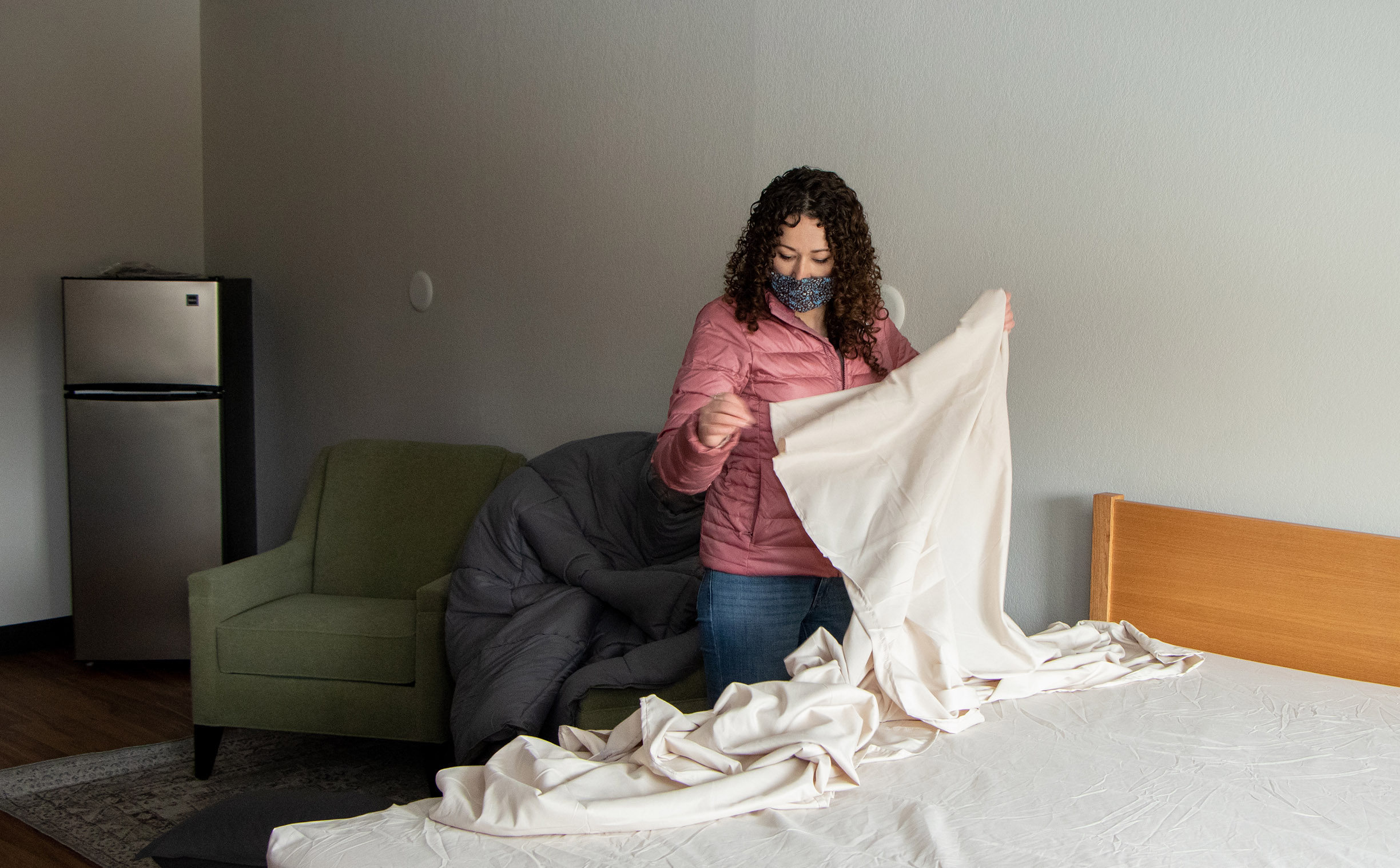
But Michel has a vision for these homes.
“I’m hoping that [the tenants] all have kids and develop a community around here,” he said. “Right now, it’s not a great neighborhood.”
Candidates for the project have to meet the criteria found in a point system created by the Housing Authority. The most points, 25, go to people who are homeless or at risk of being so, like Talamantes and Barnaby. People experiencing overcrowding receive 20, and between five and 15 points go to people who are living below the poverty line.
An additional five points are given to households with veterans, healthcare workers who cannot find housing, people already in low rent housing through the Housing Authority and people displaced from previously rented homes due to its owner selling the house.
The scale of rent changes depending on the size of the home — $700 for a three bedroom, $800 for a four bedroom. Unlike the Morning Star Permanent Housing and most other Housing Authority homes, the rent for the modular homes cannot account for more than 30% of the tenant’s income, and is meant to transition families to purchase a home of their own.
The modular homes represent the new emphasis on supportive permanent housing. The department previously relied heavily on the use of temporary housing, but they found this method has failed to properly address the root causes of homelessness. According to a report published by HUD in 2016, this includes economic disparity, lack of mental health and addiction treatment services, racial inequality, lack of affordable housing and lack of healthcare.
“When you kick somebody out who is already unstable, it makes them more unstable. It doesn’t fix the problem. It just makes it worse,” Perez said. “Now, instead of compliance it’s about personal development.”
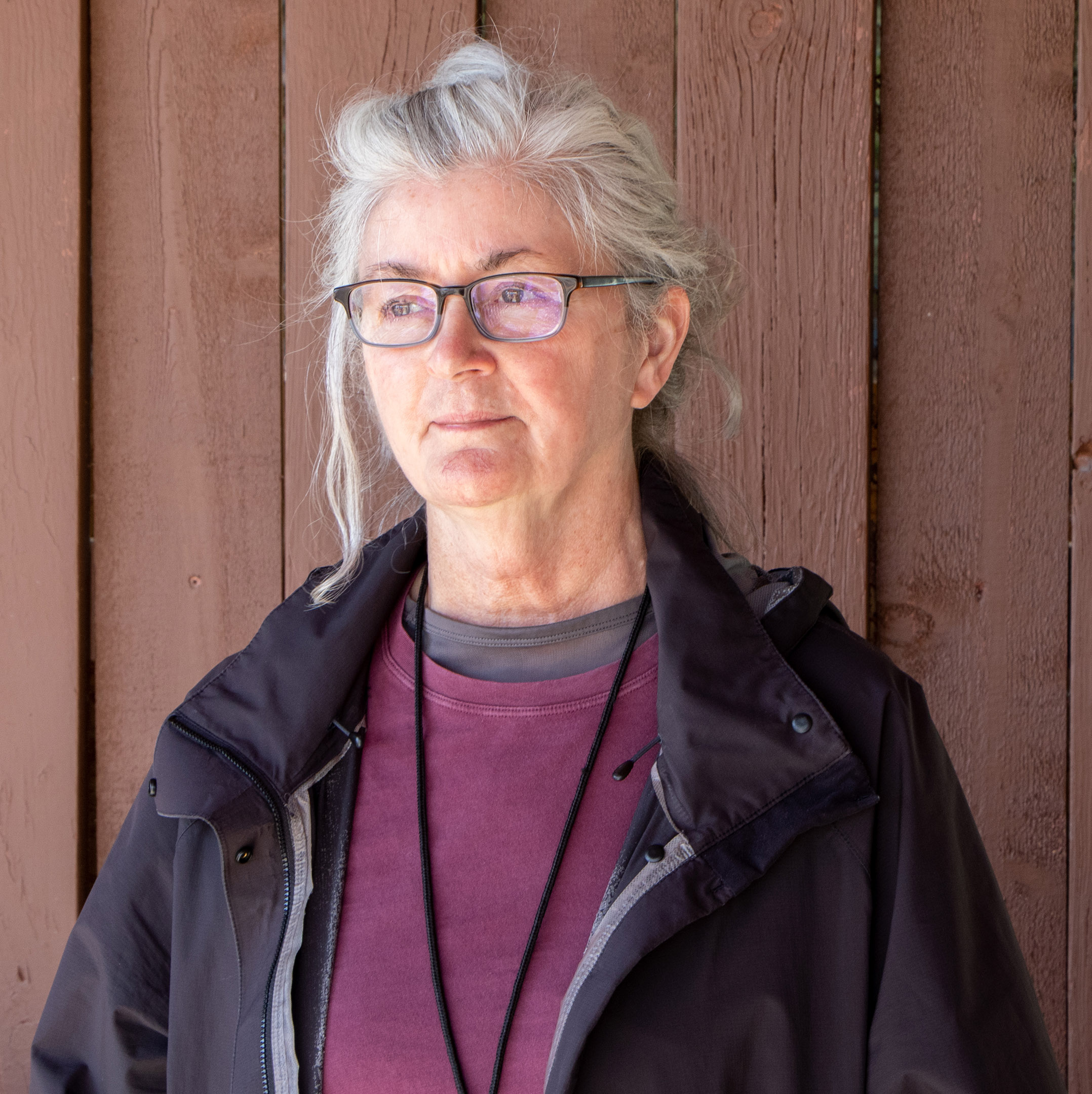
This is currently a solution for only seven families. Despite Barnaby being an enrolled member in the tribe, he and his family have been overlooked for housing time and again.
They are growing frustrated.
“You have all this money that is out there that is supposed to be helping us, not just Native but also anybody who is suffering from this pandemic who are living on the reservation,” Barnaby said. “It’s not just for this clique over here and, oh, we will just forget about these hillbillies down the creek. No, it’s about helping everyone.”
According to a study by the National Healthcare for Homeless Council, nearly 33% of tribal homes across the nation are overcrowded — six times the national average. The average time for a person to be on the housing waiting list is 41 months.
Now during COVID-19, this waiting time could be turned from a frustrating wait to a deadly delay. Currently, there are 49 candidates on the housing list for the modular homes, and the Talamantes family are among them.
“We applied for those CARES Act [modular homes], but prior to that we applied to housing…. and we are still on the waiting list,” Barnaby said.
***
The Housing Authority set aside $3 million to upgrade a failing water and sewage system at Kicking Horse, Montana. The project initially started to provide sewage and running water to establishments that would be converted to homes for people experiencing unstable housing.
(top) Susette Billedeaux, the Tribal Defenders Office holistic programming director, waits to welcome visitors to the open house of the Morning Star housing facility. (bottom) The Morning Star supportive living facility is located in Ronan, Montana. The building, formerly the Starlite Motel, was bought and renovated within CARES Act funding last year.
But the acquisitions fell through due to time constraints. Instead, the Housing Authority decided to use assets on land where the system was redone. They moved several departments to that area to promote social distancing, and have plans to build 13 homes in the area that would rely on the rebuilt system.
“During shut down tribal offices moved out there,” Perez said. “Everyone had to keep working, it just spread it out to some extent.”
***
The Morning Star Permanent Housing Units was bustling with workers from the Tribal Defenders Office, which runs the Morning Star Project. The department’s director, Ann Miller, shoveled snow from the sidewalks and the courtyard of the renovated space to make a safe pathway while the final details of the project were handled.
The space is meant to be a resource for people in the reentry program who have formerly been in the criminal justice system. Fourteen units will become homes for future candidates, providing a permanent space for them.
“Everyone has the same questions: ‘Is it transitional housing? Is it sober living?’ No, it’s not. People can stay as long as they want,” Miller said. “What we are hoping is to build a community that supports each other in whatever they need.”
Susette Billedeaux, the Director of the Flathead Reservation Reentry Program, said people experiencing homelessness and unstable housing are surrounded by unsteady situations, such as minimal access to affordable health care, food insecurity, poverty and lack of housing.
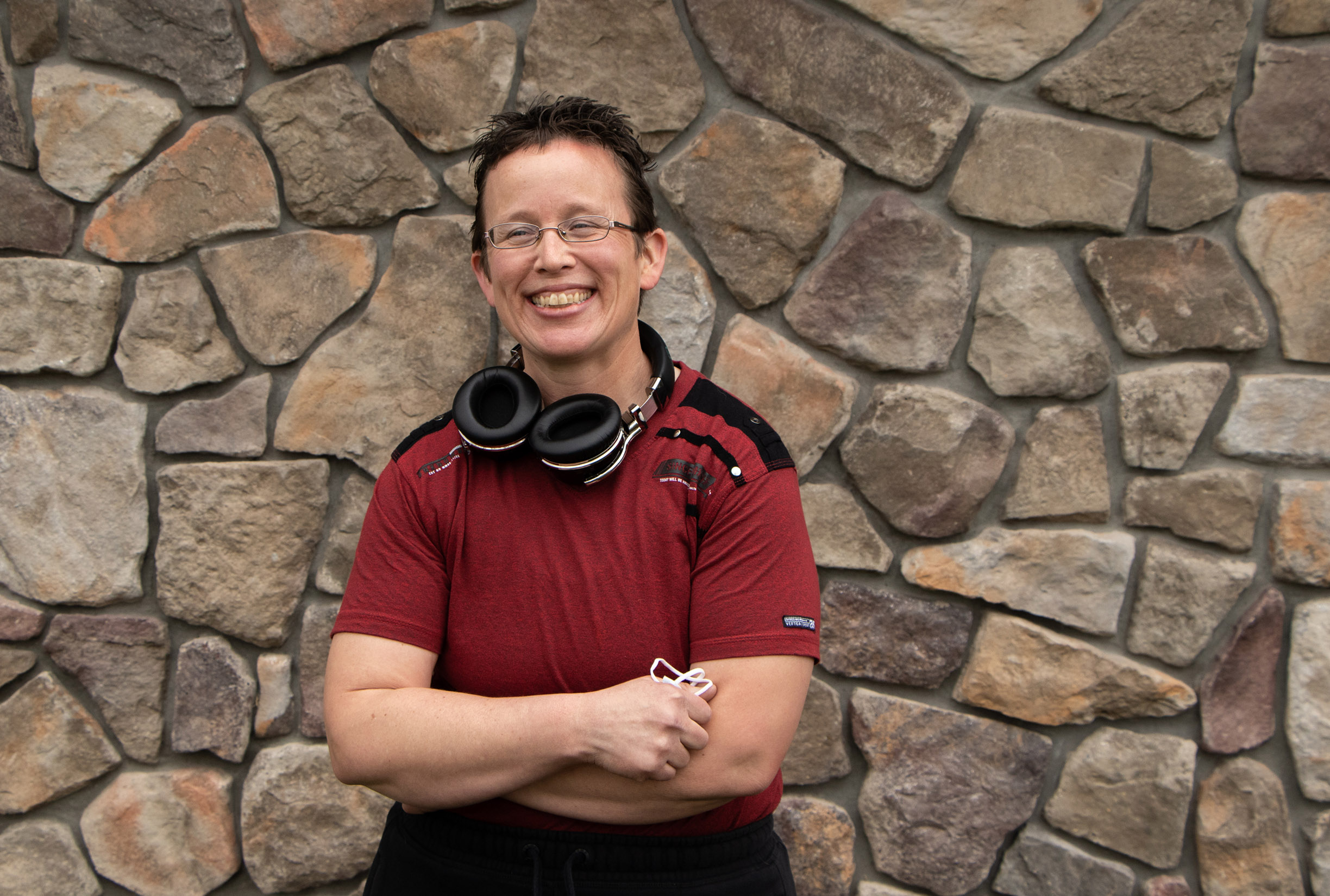
“We are trying to stabilize them so they can even receive services,” Billedeaux said. “It is a vicious cycle that we are trying to stop.”
The Tribal Defenders Office used a vulnerability index based on need, similar to the one used for the modular homes, to determine whether a person was qualified to live in the units. After selecting applicants, the Tribal Defender’s Office sent their choices to the Housing Authority to determine whether they qualified financially.
Heather Mitchell lives in a four bedroom house off a long stretch of dirt road on the Flathead Reservation. The Mission Mountains loom over the house situated on the valley floor. This house — and the camper — acts as the home for Heather, her son, her sister, three nephews, brother and her mother.
Her sister has asthma. Her brother has diabetes. Her mother has a chronic lung disease. Although COVID-19 never penatrated their household, it has been a near crippling thought to its members.
“We really tried to isolate, but we were expecting to have to deal with the consequences of [COVID] anyways. It was scary. I was so scared of bringing it to the household,” Mitchell said.
The absence of housing encourages multigenerational living, which, according to the Pew Research Center, can be defined as three or more generations living in a household. This is seen heavily in the reservation due to economic and cultural reasons.
The housing on the reservation has also been steadily decreasing in availability to locals, according to Perez. COVID-19, especially, has brought people from out of state to buy homes on the reservation, particularly from California, Texas and Oregon. Luedtke Homes Real Estate Agent Lacy Cates said she has three available listings compared to her usual amount of 20.
“With the amount of inventory, there is just nothing to sell people. We just don’t have anything for sale,” Cates said.
***
Coming home from another shift, Talamantes saw a realtor showing three available units above her daughter’s. People meandered through the rooms. Despite her best efforts, Talamantes could not help but feel angry and saddened.
“It just made me feel like we are going through all this and my husband is a tribal member yet somebody else is getting those, and here we are we are still waiting,” Talamantes said.
Her kind features fell into a sad frown and her compassionate disposition became a little more burdened as she walked slowly to her daughter’s apartment, turned the knob and entered the home that she did not own.

